N. Kruse, A. Frennet, J.-M. Bastin0444827951, 9780444827951
As its predecessors, CAPoC4 proved to be a suitable platform for discussing technological improvements and developments along with future perspectives and challenges. In the light of new results and further legislative regulations, the following topics were intensely discussed: *low light-off behaviour based on improved catalysts and substrate formulations *efficient adsorber systems for storage of hydrocarbon emissions *electrically heated catalyst systems ahead the main catalyst or, alternatively, close coupled catalysts (at the manifold of the engine) • lean DeNOx catalysts allowing for decomposition of NOx in the oxygen-rich exhaust of direct injection gasoline engines and high speed injection diesel engines or, alternatively, NOx trapping/reduction in a hybrid approach * collection and destruction of dry particulates or soot.
There is no doubt that clean vehicle technology is a vital part of improving air quality. Challenges remain and call for technological answers. Catalytic air pollution control is still an area providing a considerable incentive for innovative work.
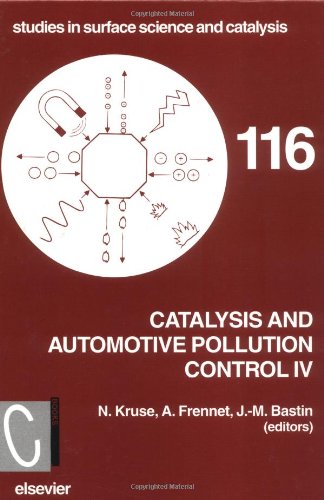
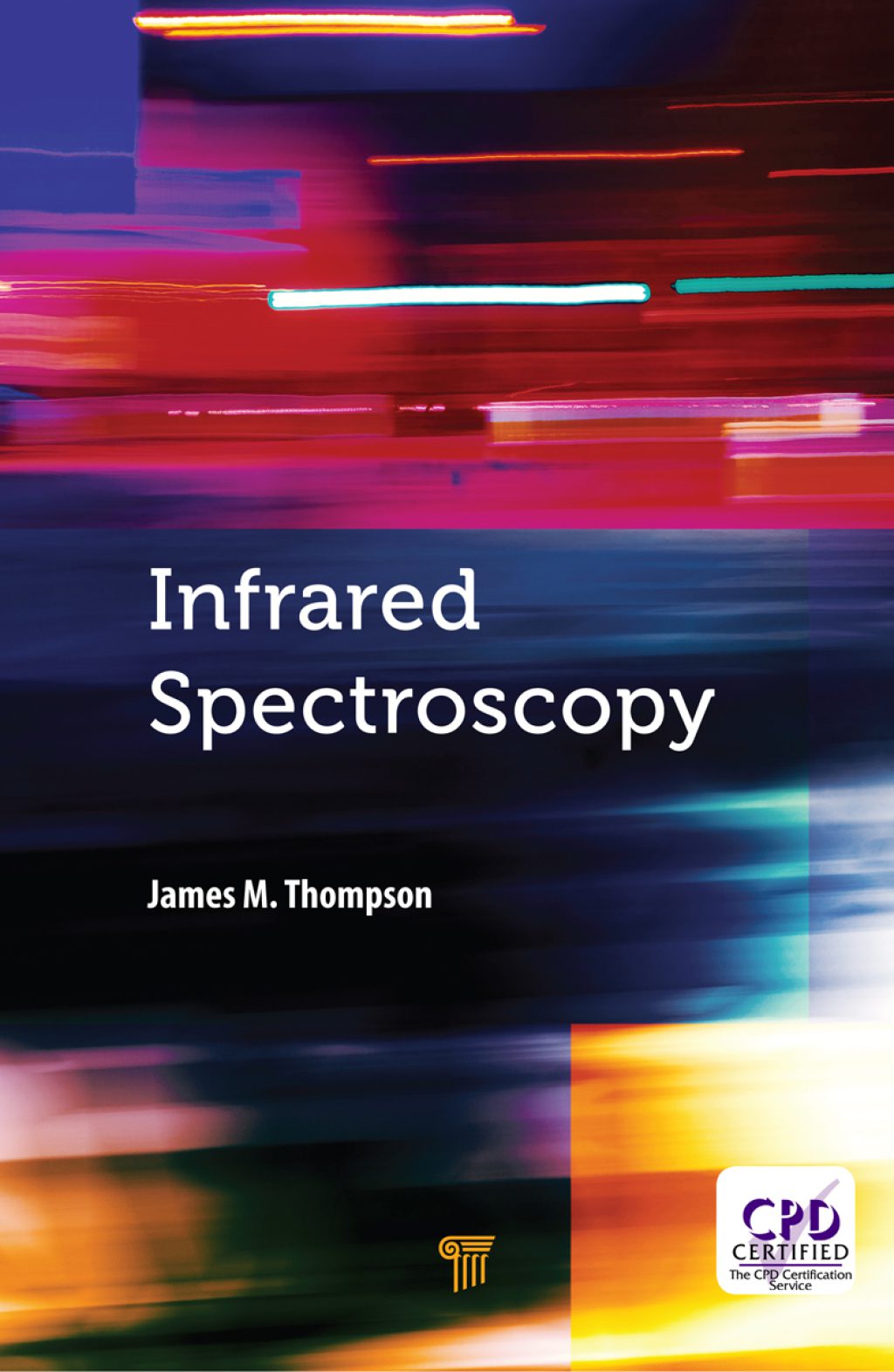
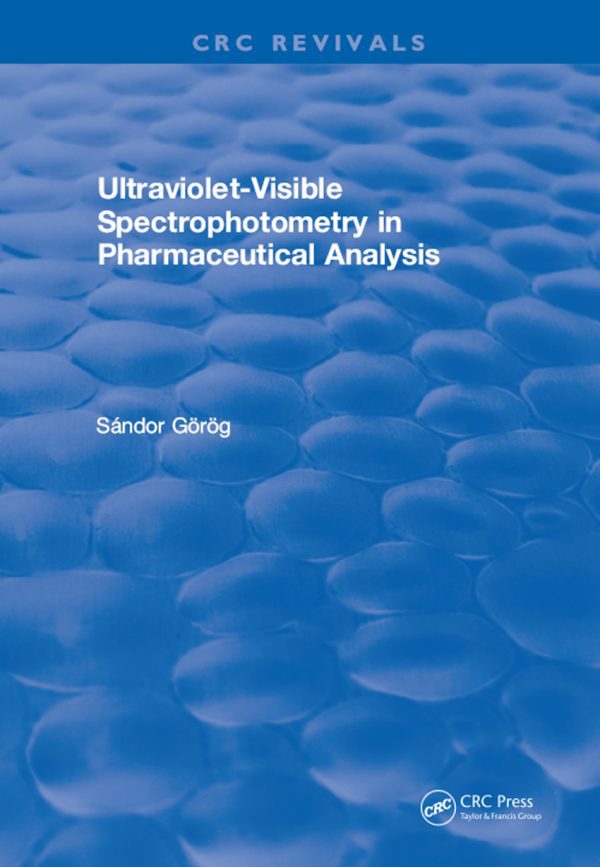
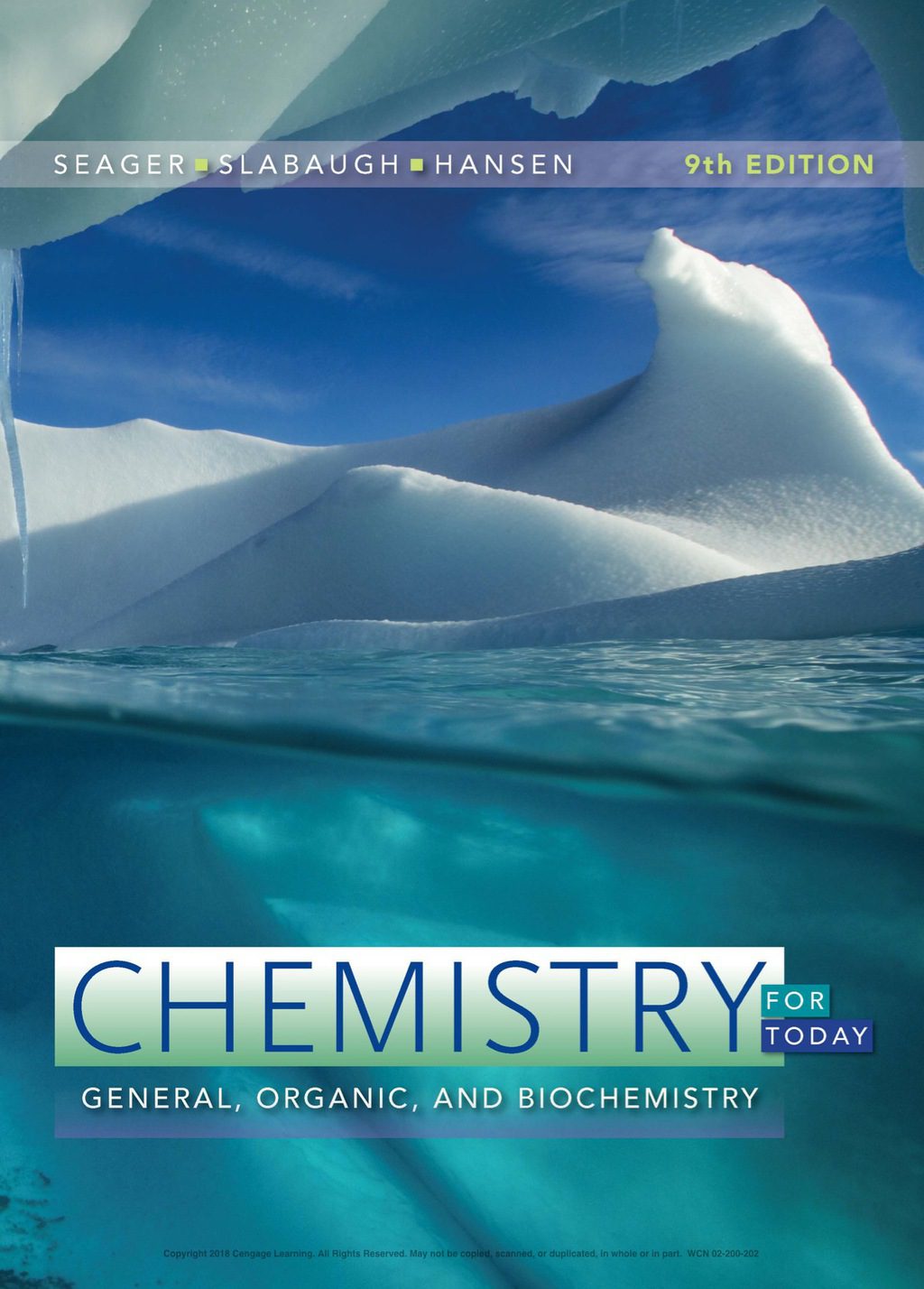

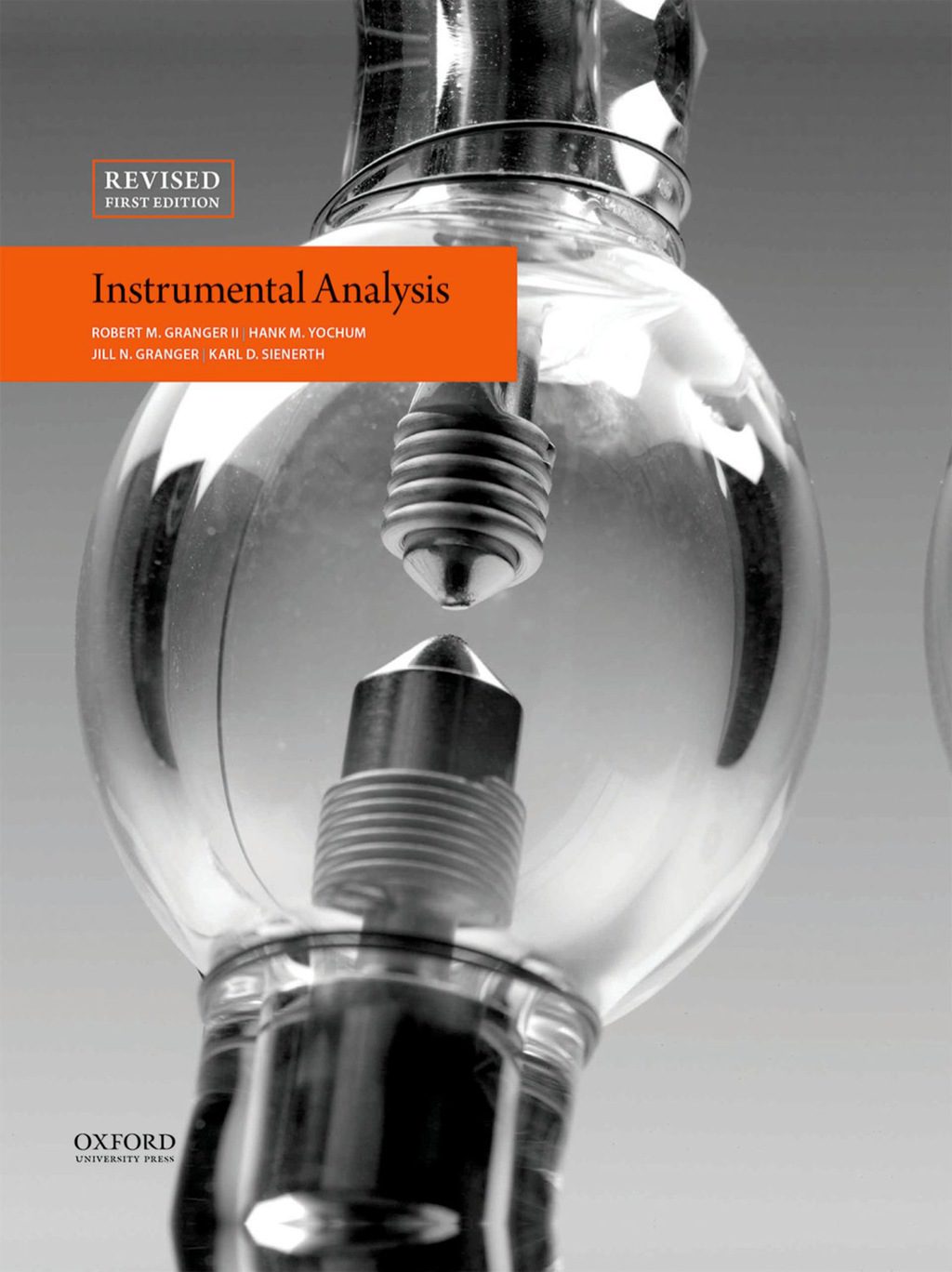
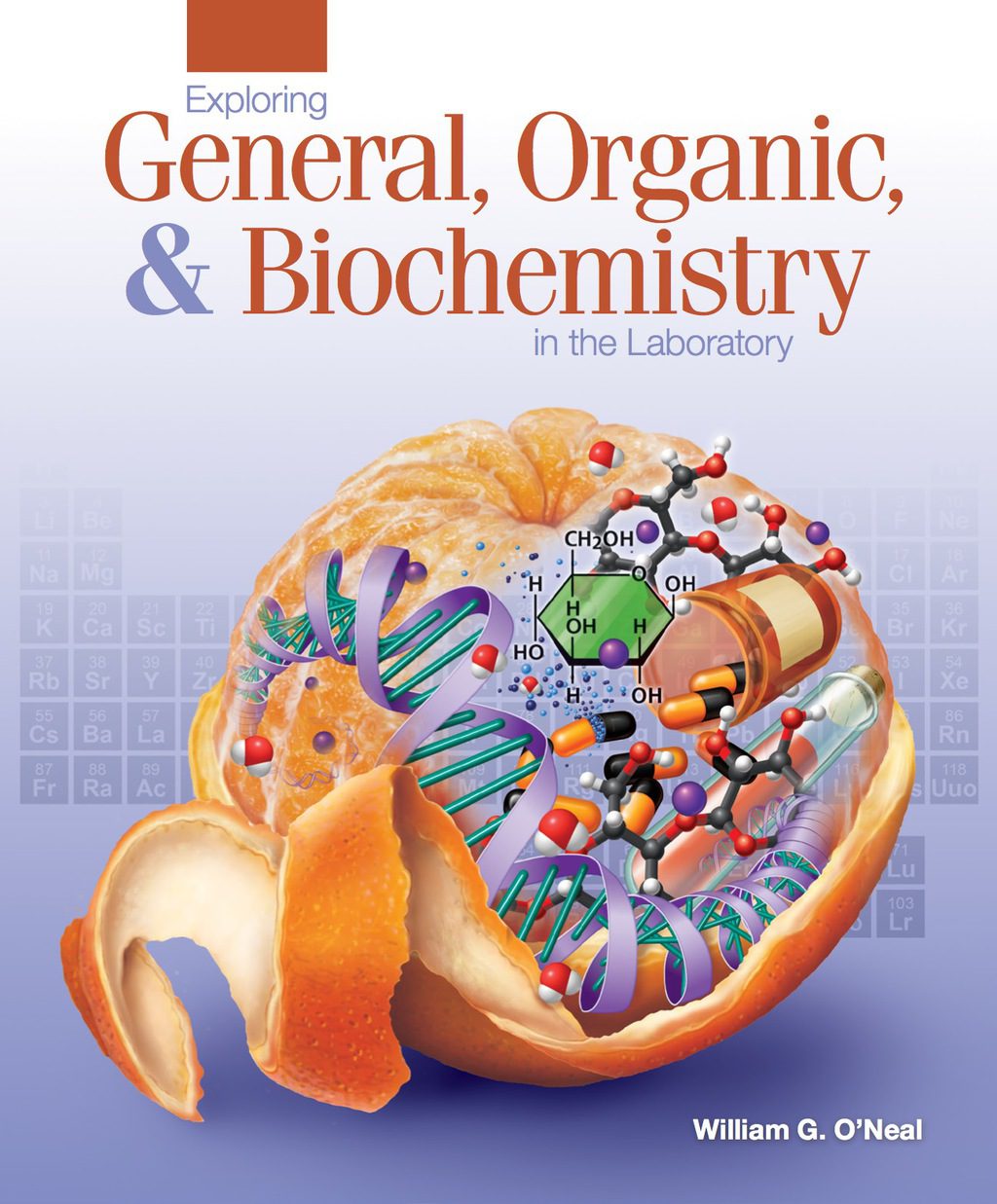
Reviews
There are no reviews yet.